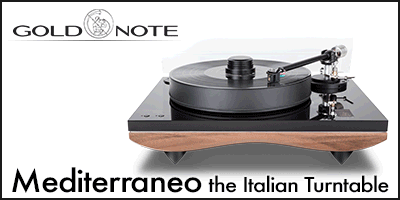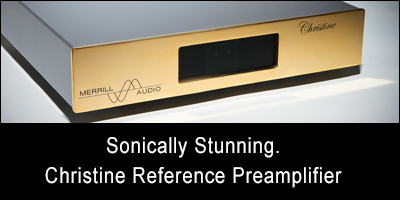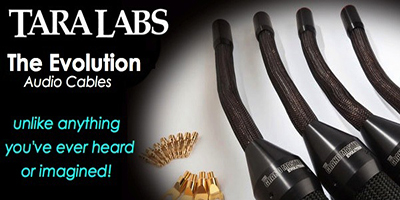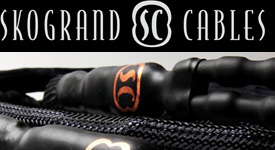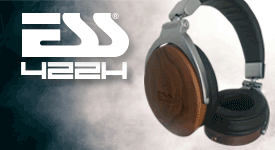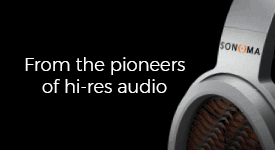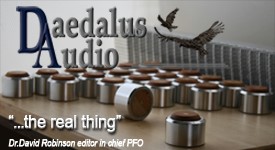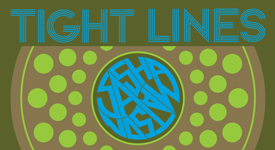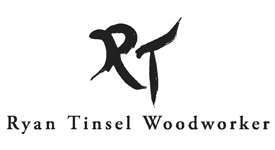The Substantial Sound Quality Improvement by Strengthening the Cathode Bypass Capacitor
Around February to March 2022, when the assembling and wiring of the new PX25A monaural SETs were almost completed, I was looking for the way to improve the sound quality that far surpassed the past versions.
These mono SETs were requested and ordered by Ryszard-san from Poland and Craig-san from Australia more than a year before. After thinking about it for about two weeks, I came up with the idea of strengthening the cathode bypass capacitor and immediately tried it.
Fortunately enough, I was able to get a splendid result - even more than I thought. And this idea is highly applicable to other tube amplifiers, so I’d like to share this way of new sound quality improvement with all of Jeff’s Place readers, who love the sound of tube amplifiers, in Chapter 6.
Well, in basic tube amplifier circuitry, so-called self-bias circuit, there should be three essential resistors that determine the operating point of the tube: the grid resistor, the plate resistor, and the cathode resistor.
In my experience so far, it would be true, the quality of each of the three resistors is surely related to the sound quality, but I’ve felt especially the cathode resistor, where the signal current modulated by grid voltage variation flows in it directly, would be the most prominent determinant of sound quality.
Therefore, it has needed much trial and error, because of this cathode resistor’s high sensitivity on sound quality, fortunately enough, I was able to come across the best resistor with almost the ultimate sound character, such as Ohmite wire-wound resistors, WHE type and 200 series.
I’ve already shared you the review and the usage of rare NOS IRC metal film resistors in my previous articles on Jeff’s Place HERE.
Anyways, the most careful selection of the cathode resistor must be needed for accomplishment of the better and more pleasant sound, I believe.
Now, the main subject this time is about strengthening the essential physical characteristics of the bypass capacitor, which is connected in parallel with this cathode resistor.
Regarding the role of the cathode bypass capacitor, I’d like to share with you and translate a reliable document in Japanese on the web:
“The bypass capacitor allows the AC component, such as music signal itself to pass through without flowing through the cathode resistor. In fact, the circuit works without this bypass capacitor, but the voltage gain becomes smaller as the larger cathode resistor is used. The reason why is a little difficult, but the plate signal current amplified by the tube flows through the cathode resistor as it is, and a signal voltage is generated across this cathode resistor to put away. This is called current feedback, and it is sometimes used intentionally to suppress the gain, but it is common to insert this bypass capacitor to ensure a large gain.”
It is true that the capacitors used in the signal circuit can be called a kind of high-pass filter, and when viewed only from this physical characteristic, the factor that determines the superiority or inferiority of the filter characteristics could also bring out good or undesirable sound quality, that is, how much the transmitted signal information could be involved.
I would like to take up a physical characteristic called ESR as the determinant of the sound quality of the capacitors. In other words, this “Equivalent Series Resistance” is exactly the resistance component inherent in capacitors.
Therefore if you see or pick up every commercially available capacitors, of course the main electrical component of the capacitor is surely capacitance. There is no doubt about that, but it should be necessary for us to understand that all capacitors have a resistance component, ESR and also an inductance component.
It may be a bit of an exaggeration, but I think we need to recognize that there is no such thing as a capacitor with perfect and ideal physical characteristics in this world.
Well, I’d like to talk about the capacitance value, one of the physical quantities of the capacitors, required for this bypass capacitor.
In fact, unlike the EQ elements capacitor that require extremely accurate values and the coupling capacitors that determine the cutoff frequency of the low range, it would be considered that there is no correct and precise calculation value for this capacitance of the bypass capacitor.
In other words, we are given the freedom to cut and try with respect to the capacitance value. Now, let me introduce one more description on the web:
“Since the bypass capacitor is connected in parallel to the cathode resistor and the internal resistance of the output tube, usually, a relatively large capacitance of about 20uF to 100uF is required. If the capacitance is small, the low-frequency gain will decrease and so the volume of low-frequency sound will decrease.”
According to what he said, if you want to get richer low range, it could be possible to replace it with a larger value than the normal specified in the circuit diagram.
Isn't this a good news for us? Anyways, with these understandings about ESR and the capacitance value in your mind, I hope you will read the following articles. In the next chapter, I would like to introduce concrete examples that I have experienced.

